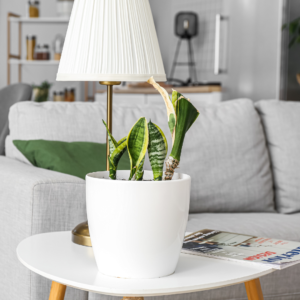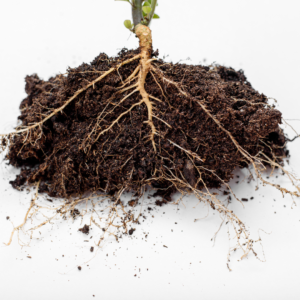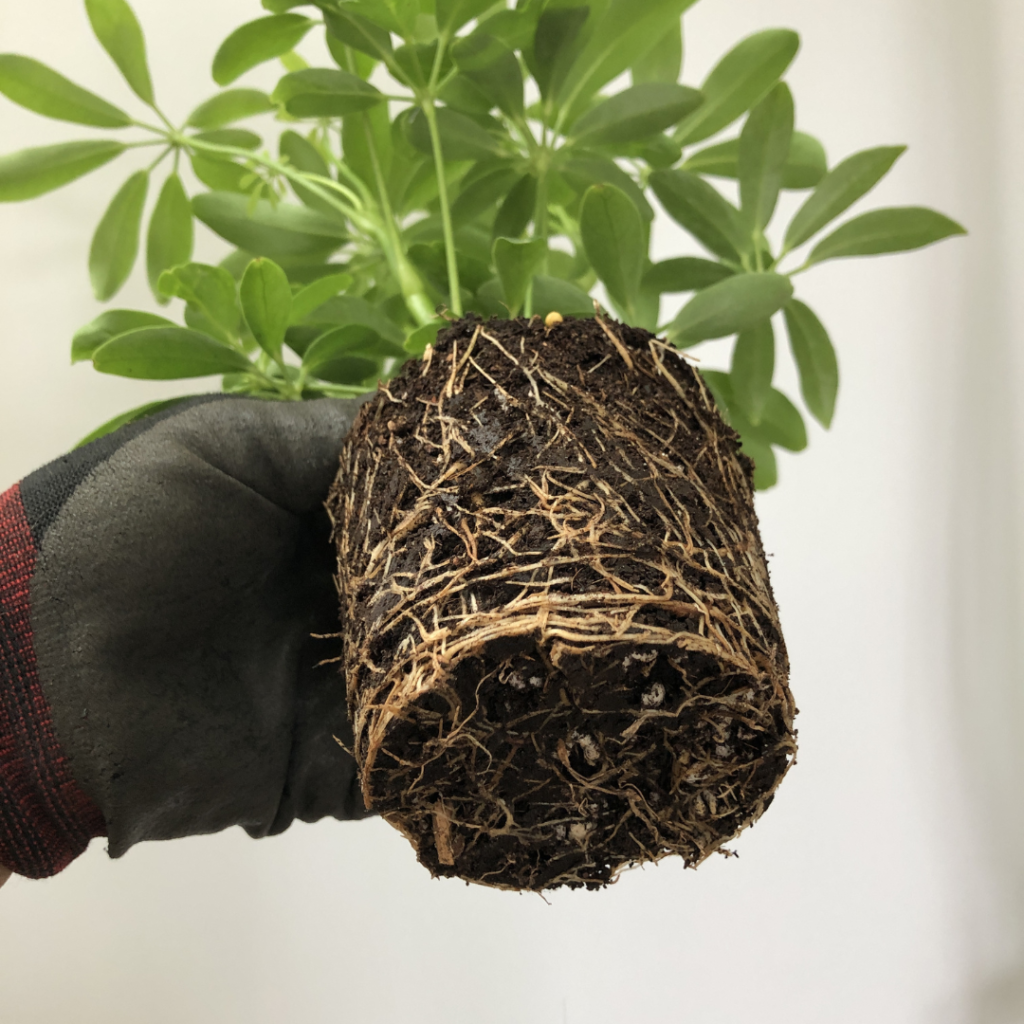How to Spot and Fix Root Rot in Houseplants
As a novice (or even expert) gardener, there is nothing worse than investing in plants only to watch them die weeks or months later. Over the past few years, one of the most unfortunate and potentially costly mishaps that I have encountered while gardening has been root rot in affected plants. According to the University of Wisconsin-Madison, root rot, which is caused by various soil-born fungi, “is a general term that describes any disease where the pathogen (causal organism) causes the deterioration of a plant’s root system.” Fortunately, the good news is that, with early intervention, many plants can recover from this nuisance. In this blog, we’ll discuss root rot treatment for houseplants and explore the steps to identify, treat, and save your greenery from the grip of this fungal infiltration.
Identifying Root Rot in Houseplants
Before you can begin treating root rot, you need to be able to recognize it. Below are some common signs:
Yellowing and Wilting Leaves: Leaves turning yellow and wilting are usually telltale signs that a plant is in distress. Furthermore, it is also an early indicator of root rot.

Stunted Growth: Infected plants often go into survival mode. As a result, they often exhibit reduced or stunted growth.

Decayed Roots: Healthy roots are typically firm and have a white or beige color. In unhealthy plants, the roots are brown or black. On some occasions, some might also be mushy and emit a foul odor.

Root Rot Treatment for Houseplants
- Purchase plants from reputable vendors: The decision to purchase plants from reputable vendors is the first and most important step in root rot treatment for houseplants. When shopping for houseplants, only purchase plants from vendors whose plants are vibrant and robust, not limp and sickly.
- Throw the Plant Away: Restoring distressed plants can generate additional expenses (i.e., soil, fertilizer, and time). When deciding whether to salvage the diseased organism, determine whether or not it’s worth the effort.
- Isolate the Infected Plant: If you do decide to rehabilitate a plant you suspect of having root rot, the first thing you should do is isolate it. This will prevent the fungus from spreading to its healthy neighbors.
- Remove Affected Roots: In order to remove the affected roots, first gently remove the plant from its pot. Then, use sterile sheers to trim away all infected roots. When amputating the diseased matter, be careful to make precise cuts to avoid damage to the healthy roots. Furthermore, as you prune the roots, you should continuously disinfect your shears between cuts to prevent further contamination.
- Repot with Fresh Soil: Replace the old soil with fresh, well-draining potting mix. If you are reusing the same pot, sterilize it with a 10 percent bleach-to-water solution prior to the placement of the new soil mixture. Ensure your pot or container has sufficient and unclogged drainage to prevent stagnant water at the bottom of the vessel.
- Adjust Your Watering Habits:The majority of plants do not like “wet feet.” Make sure to take notice of your plant’s water requirements. Typically, you want to allow the soil to dry slightly between waterings to prevent overwatering. Moreover, appropriate watering is a critical component in the prevention of reinfection.
- Exercise Patience: When it comes to your plant’s recovery, patience is key. Improvement will take some time, but if you do not faint, you will reap the rewards of your persistent diligence.
Prevention Root Rot in Houseplants
Prevention is always better than treatment. Below are some preventive strategies to consider:
- Routinely inspect your plants for any signs of distress.
- Use well-draining soil and pots with drainage holes that allow excess water to escape.
- Avoid overwatering.
- Do not use pots that are significantly bigger than the current post size. Try to go up to only one pot size when repotting. A larger pot can allow the soil to retain excess moisture.
Conclusion
While root rot can be a devastating outcome, early detection and intervention are key. With proper care and an understanding of your plant’s specific requirements, you can potentially rehabilitate your distressed plants. Keep in mind that recovery will not be instant. You will need to exercise a little patience. However, with time, it will be worth it to see your plant restored to full form.
